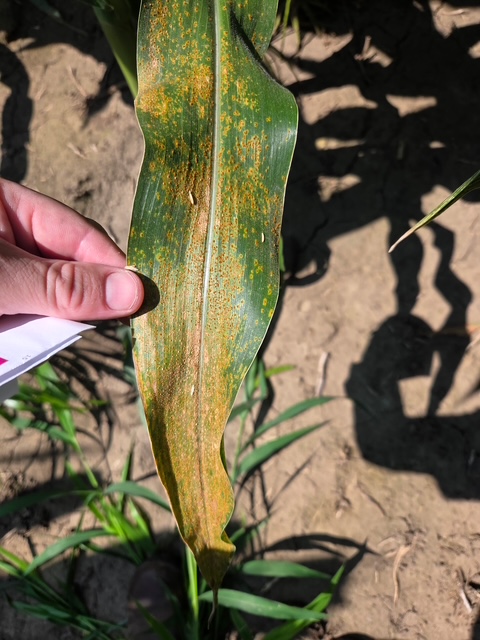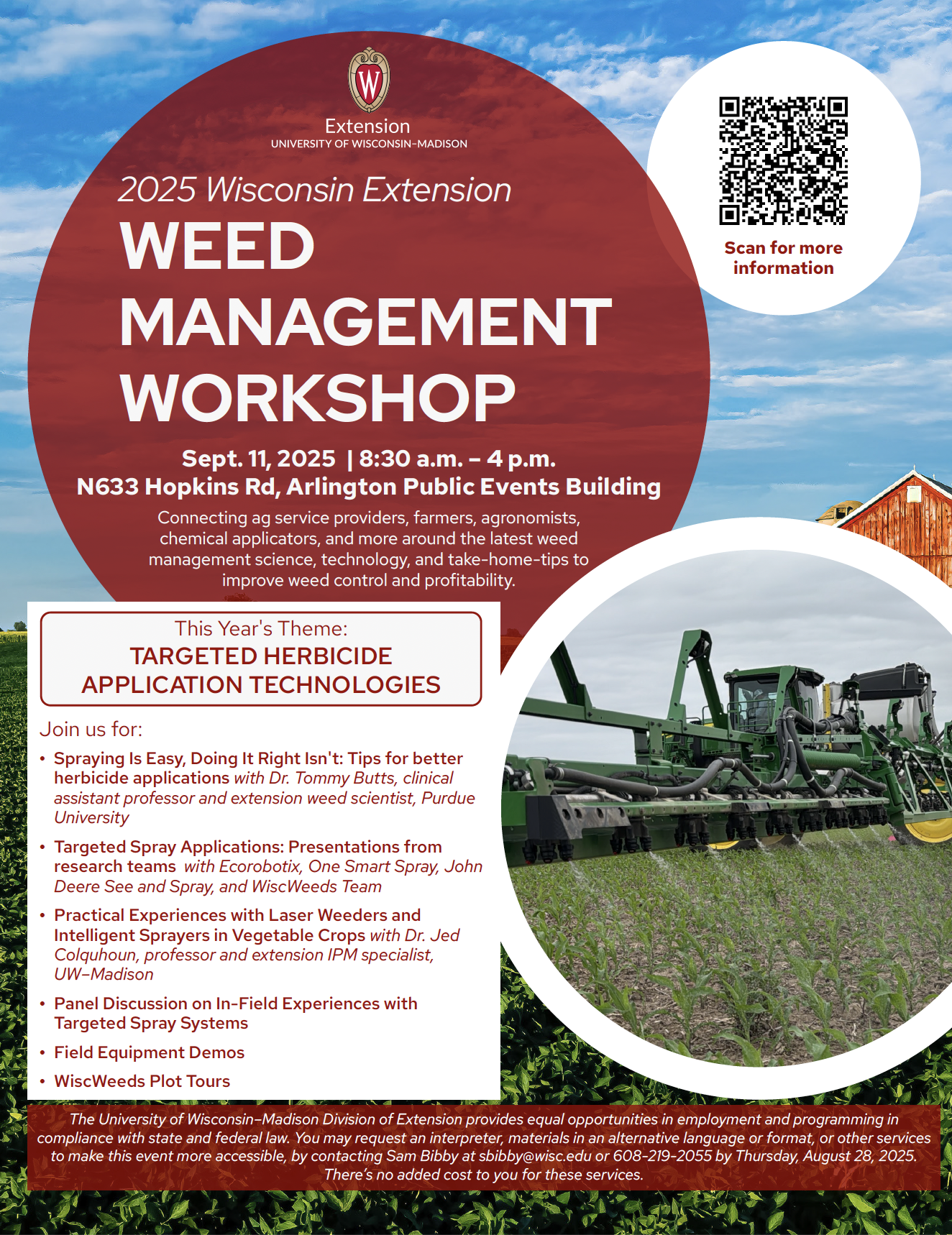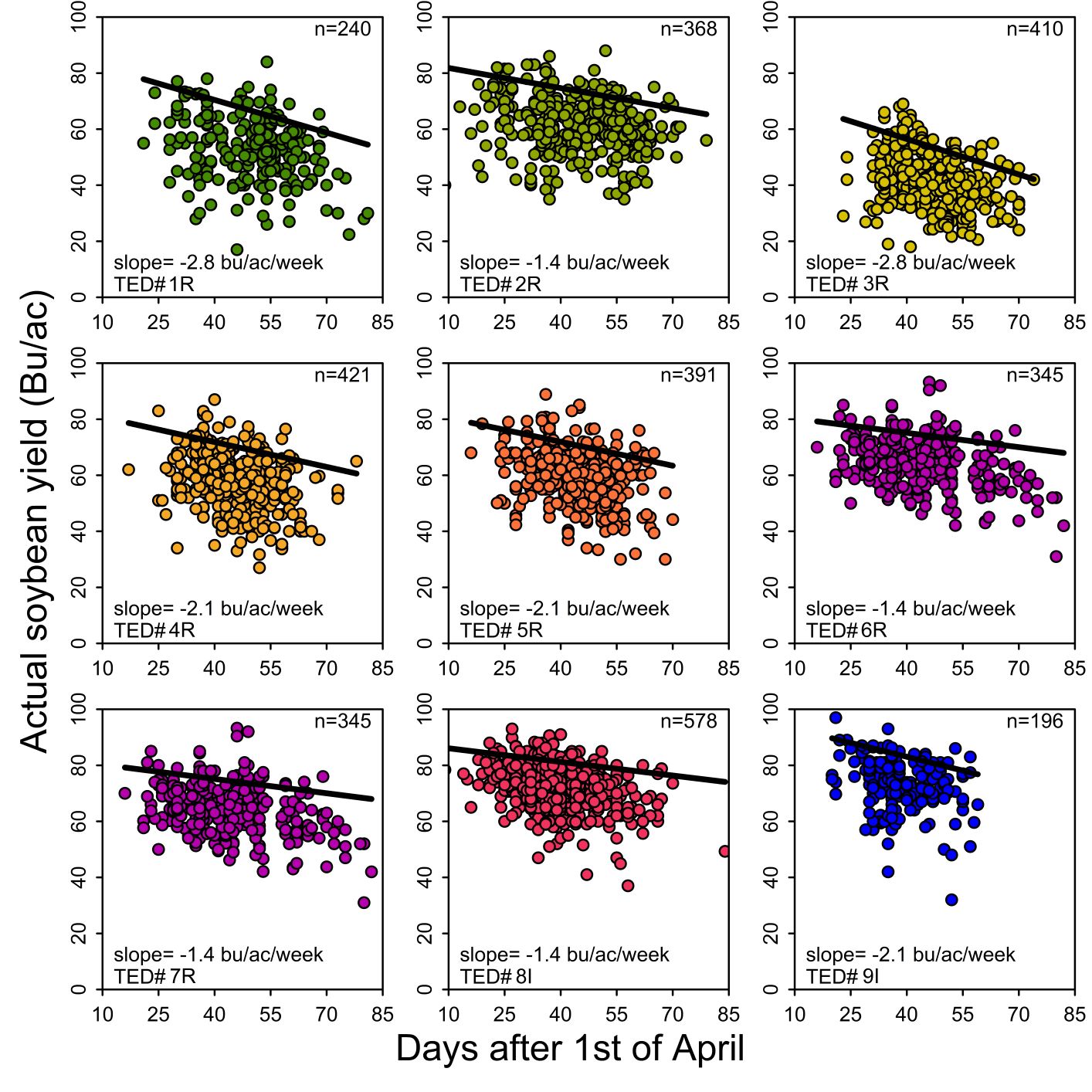CORNversations with Kaur #2
Now that we had the chance to recover and reflect on the recent hail and tornado events across some parts of the southern Wisconsin region, there are questions from several growers who are facing tough replanting decisions. One call stood out and raised a question I think many maybe wrestling with:
“There’s a field with heavy cover crop residue and corn that got hit by hail and cold. The current stand is mostly roots with little leaf material, and some seeds never even germinated. The population is sitting in the low teens. Should we plant right on top of the old row, 3 inches to the side, or use our 3-coulter strip-till bar to start fresh?”
Here’s how I’ve been approaching this question:
Assess before you replant
It is tempting to rush back in but give the crop 3–5 days to show signs of regrowth after hail. Young corn can sometimes surprise us. If the growing point is still alive (which is below ground until V5), there’s a chance for recovery. Also, perform stand assessments by counting living plants at least on four areas within the field with each area being 1/1000th of an acre. From the call mentioned above, since it has already been a while and the stands are low and weak emergence, therefore, replanting is likely the way forward.
Strategize the replanting choice
Each replant pass costs time, fuel, and yield. It is therefore important to evaluate field conditions and identify what could be the most efficient and agronomically sound option.
Option 1: Planting 2–3 Inches Beside the Old Row
This is often the best balance of simplicity and safety. It avoids planting into decaying roots or compacted furrows, and you don’t need to rework the whole strip. Emergence should be decent if soil conditions are right.
Option 2: Strip-Till and Plant
If the field has a heavy residue from a terminated cover crop residue using strip-till approach can help reset the seedbed and minimize the interference while enhancing the chances of plant establishment. But this takes time and adequate soil moisture (about 50% available water capacity), and if you’re already delayed, every pass risks pushing you further into lower yield potential.
Option 3: Plant on top of the old row
Avoid this unless the original row is completely dry and dead. Decomposing seedlings and residue can harbor pathogens and reduce seed-to-soil contact, leading to uneven emergence or seedling disease.
Hybrid Maturity and Calendar Timing
Considering we are already in the first week of June, hybrids with relative maturity of 90-95 days can be helpful if planting can happen in the next few days. This maturity range is still acceptable for much of Wisconsin and similar latitudes. But by mid-June, consider switching to a shorter-day hybrid to ensure black layer before frost.
Final Thoughts:
- Don’t replant on top of the old row.
- If possible, replant 2–3 inches off to the side.
- Use strip-till only if the residue load, and if the calendar and soil conditions allows.
- Act fast, but smart. With yield potential ticking downward each day, keeping it simple may be your best bet.
Have a question about your field?
Feel free to reach out—I’ll be sharing more updates as more replant scenarios unfold this season.
References:
Lauer, J. (2006) Hail damage on corn. Corn Agronomy. University of Wisconsin-Madison Extension. https://corn.agronomy.wisc.edu/Management/L039.aspx
Early Season Hail Damage. Bayer Crop Science 2025. (Retrieved on June 3, 2025). https://www.cropscience.bayer.us/articles/bayer/early-season-hail-damage-to-corn
Lisboa, I. P., Proctor, C. A., Elmore, R. W., McMechan, A. J., Mueller, N. D., Wilson, J., Zobeck, G., Nygren, A., Bastidas, A., & Ortez, O. A. (2024). Evaluating the yield of surviving plants from early-season hail damage in corn: A field survey. Agrosystems, Geosciences & Environment, 7(3), e20533. https://doi.org/10.1002/agg2.20533
McMechan, J., Elmore, R., Jackson-Ziems, T., and Giesler, L. (2018) Severe storms and hail-damaged crops: Steps for making the right decision. University of Nebraska-Lincoln Extension. https://cropwatch.unl.edu/2018/severe-storms-and-hail-damaged-crops-making-right-decision-replants/
Vorst, J. (1990) Assessing hail damage to corn. National Corn Book. Purdue University Cooperative Extension Service. (Retrieved on June 4, 2025). https://www.extension.purdue.edu/extmedia/nch/nch-1.html
Note: This post is a part of blog series, CORNversations with Kaur. Please stay tuned for periodic updates!!







